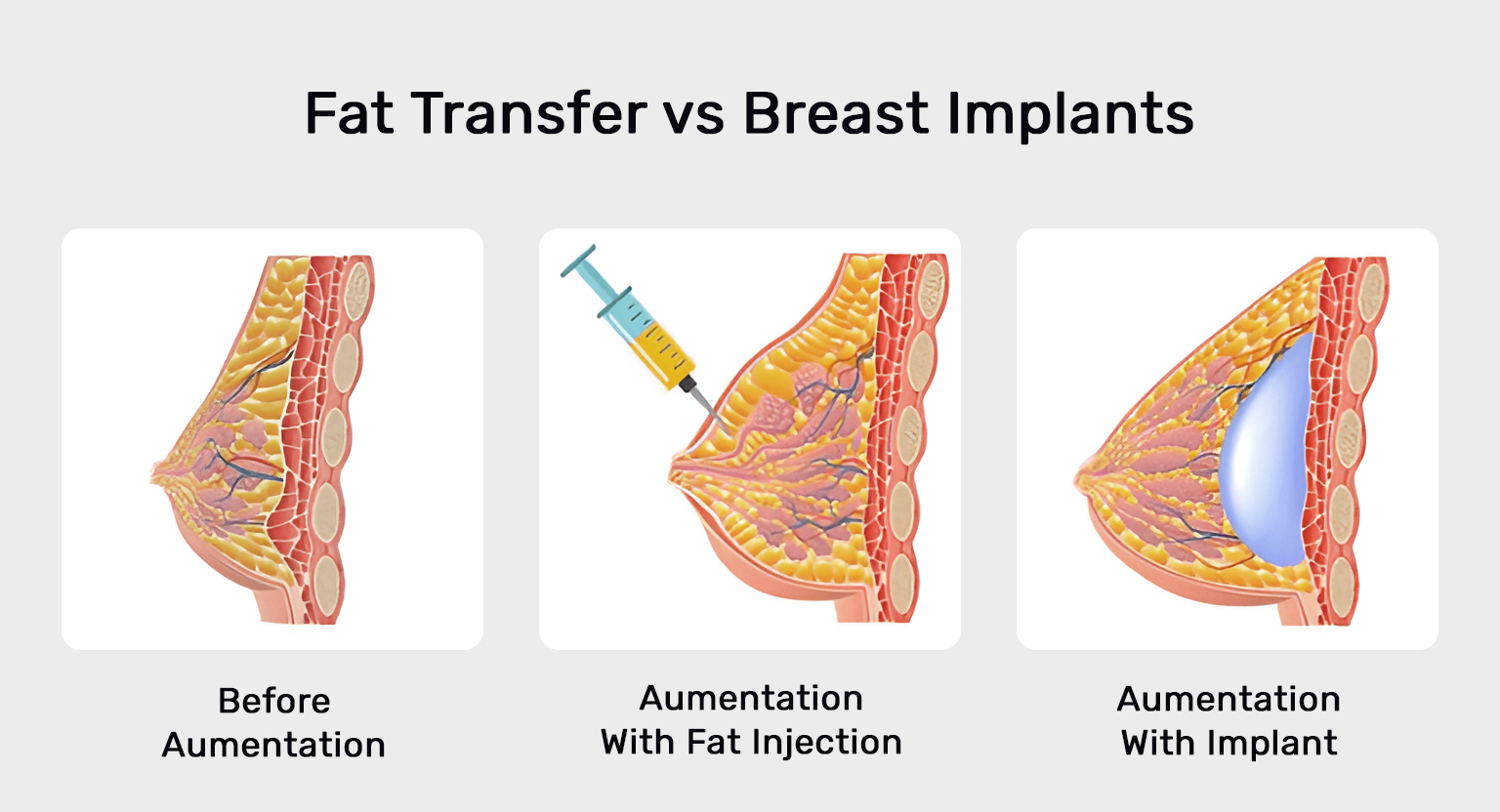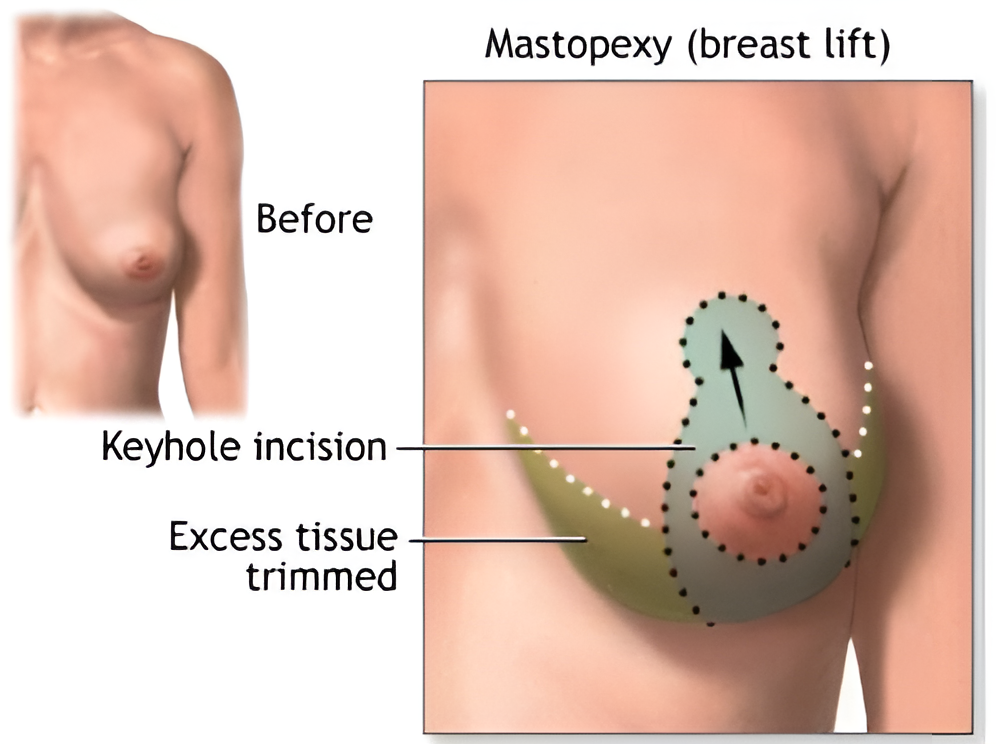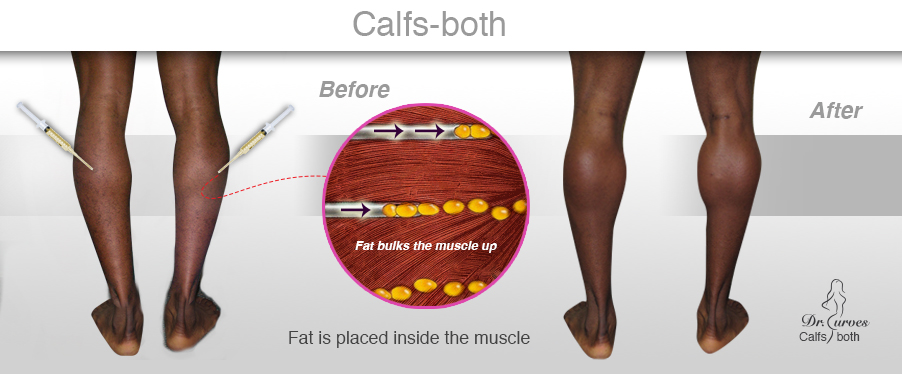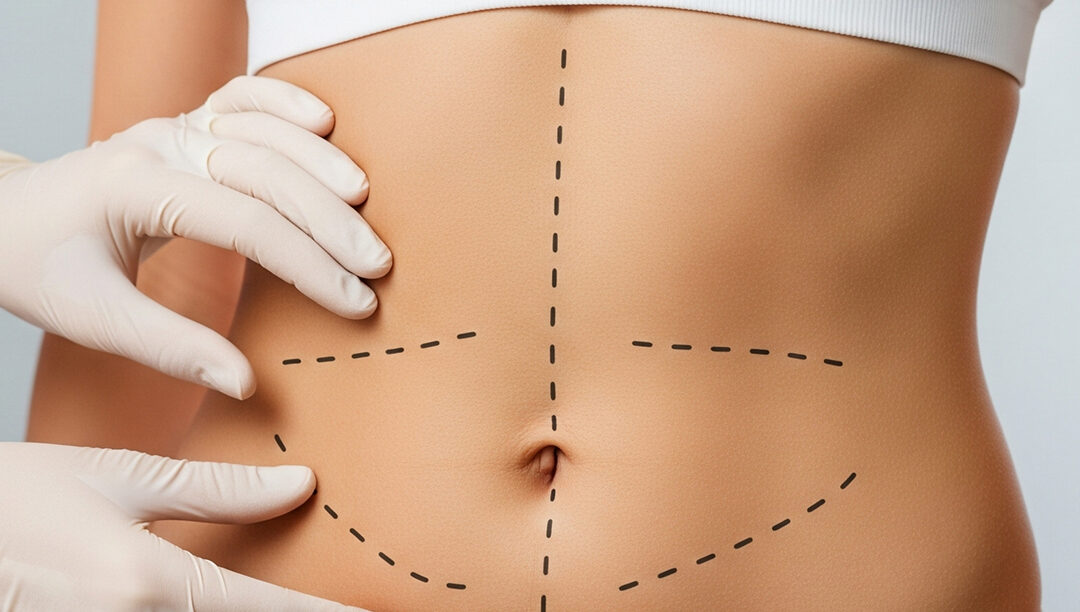
Considering plastic surgery?

Considering plastic surgery? Here’s What You Need to Know to Protect Your Body and Your Results
Let’s be honest. Surgery is a big decision—not just financially, but for your health, safety, and long-term satisfaction. We’ve seen patients come in excited for change, but unsure of what happens before the transformation. That’s where preparation comes in.
This isn’t about overwhelming you with medical jargon or scaring you off. It’s about helping you get the most out of your investment starting before you even walk into the OR. Whether you’re just thinking about surgery or already booked with Dr. Curves, this is the guide we wish every patient had before starting their journey
Medical Clearance is Non-NegotiableEvery patient must be medically cleared by a licensed primary care physician. If you don’t have one, we’ll help you find one. Here’s what’s included:
Failure to meet this deadline could lead to cancellation. We don’t want that for you. |
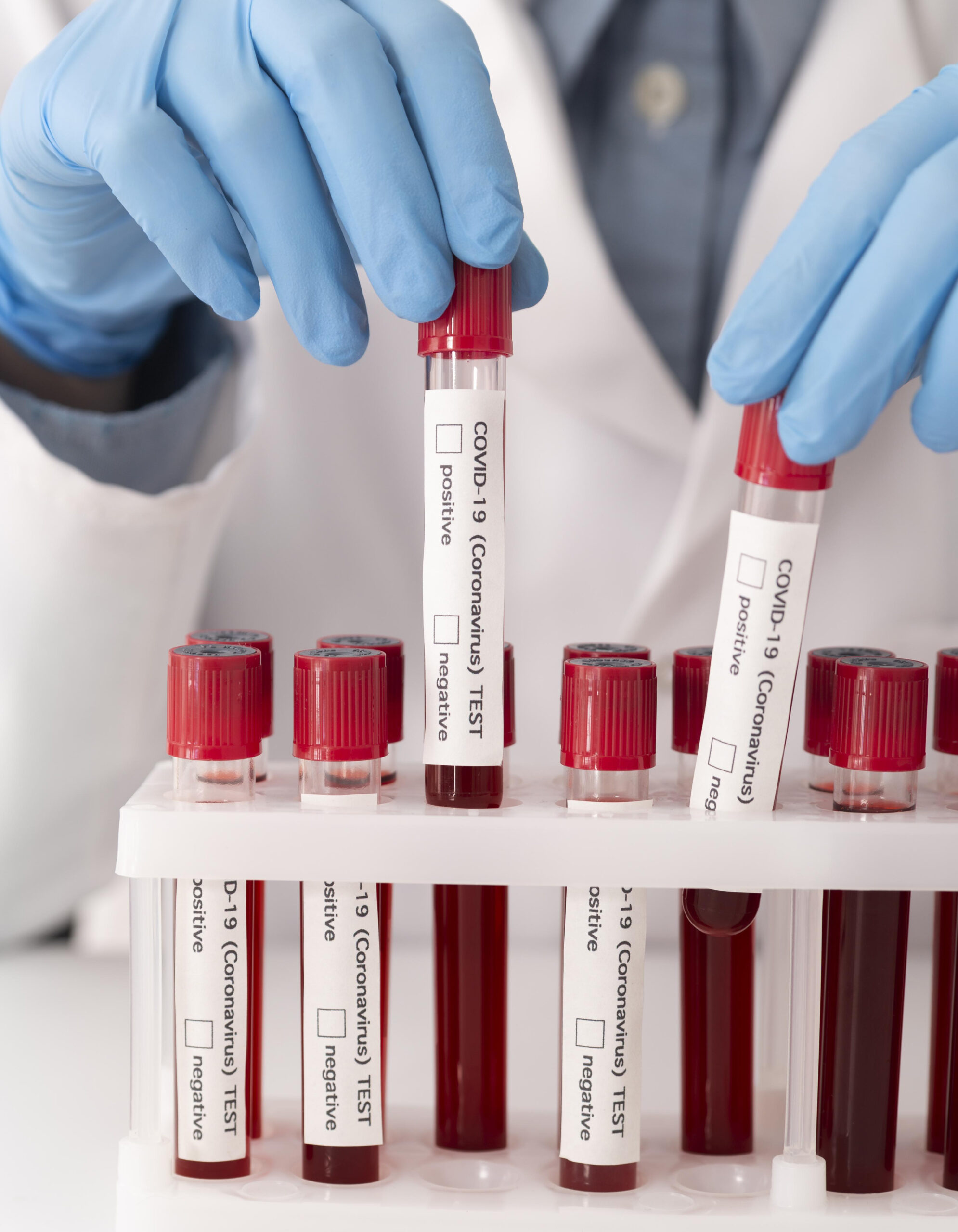 |
Recovery Time: It’s Not Just About Time Off Work
 |
Most procedures require at least two weeks off from work. If you’re doing multiple procedures at once, you’ll need longer. You also must have a caretaker—someone 18 or older—who can drive you home after surgery and stay with you during recovery.
Caretaker expectations:
- For single surgeries: care for 48 to 72 hours
- For combination surgeries: at least one week of full-time care
We can connect you with trusted local caretakers if needed.
Traveling for Surgery? Know This FirstIf you’re traveling more than an hour away, you’ll need to stay close to our office for at least 48 hours. If you’re flying in or driving over three hours, plan to stay within easy driving distance for 10 to 14 days. Traveling increases risk for:
This is your health. These precautions are in place for a reason. |
 |
Drains and Scars
Some procedures may require post-op drains. Your nurse will give you all the details and how to care for them.
As for scars—yes, they happen. But we do everything we can to place incisions carefully and guide you through proper healing. Things like wound size, your skin type, age, and how you care for the area all play a role.
Once you’re healed, we’ll walk you through options for scar care.
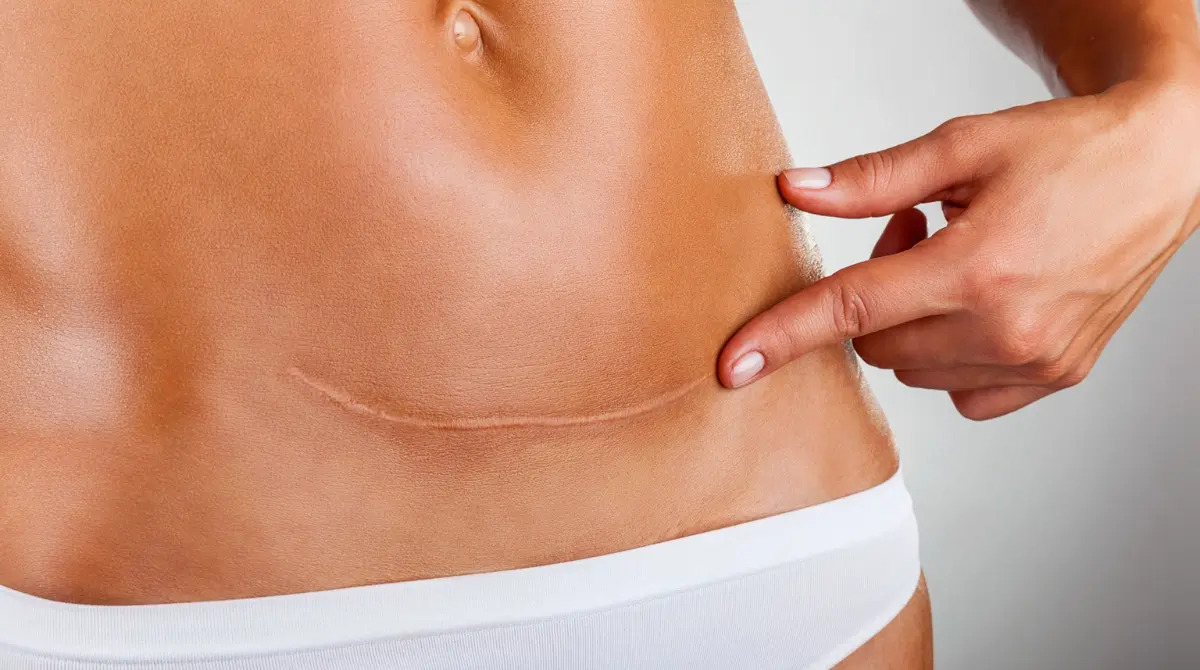 |
Budget and Expectations
At your consultation, we’ll discuss:
| Your goals | Your Areas of Concern | Your Budget | Financing Options |
 |
 |
 |
 |
Dr. Jimerson will recommend a treatment plan that gives you natural-looking, balanced results. If needed, we can split procedures into stages to work with your schedule and budget.
Quotes, Deposits, and Payment Timeline
After your consultation:
|
Your quote includes:
|
It does not include:
|
Why BMI MattersBMI (Body Mass Index) is a measure of body fat based on height and weight. The ideal range is 20 to 25. A BMI over 30 increases surgical risk. If you’re overweight, we recommend losing excess weight before surgery. It leads to more predictable, longer-lasting results. On the flip side, if you’re too lean and want fat transfer procedures, you might be asked to gain a few pounds. |
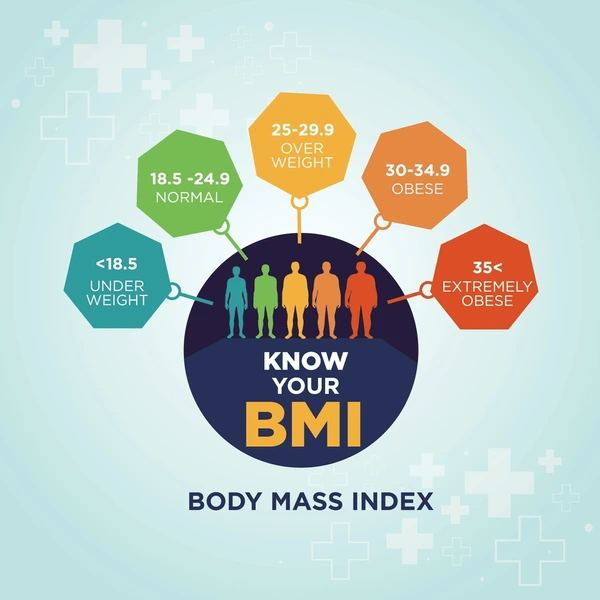 |
Your Weight Affects Your Results
If you lose weight after surgery, you may have loose skin. If you gain weight, you could stretch out your results.Consistency is key. Weight stability before and after surgery will protect your investment and help you get the best outcome possible.
Medication Guidelines
Be transparent about every medication and supplement you’re taking. Some medications can interact with anesthesia and increase surgical risk.
Here’s what to stop before surgery:
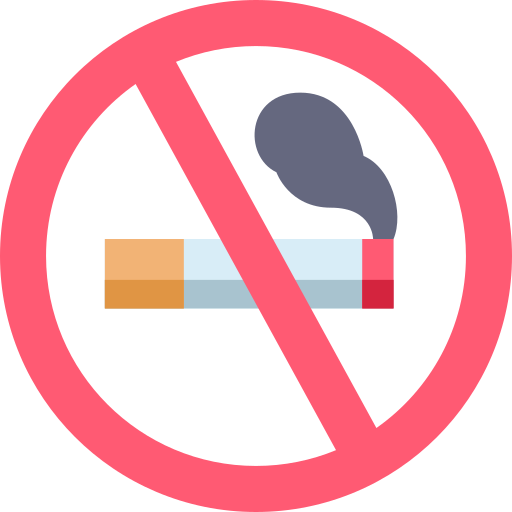 |
 |
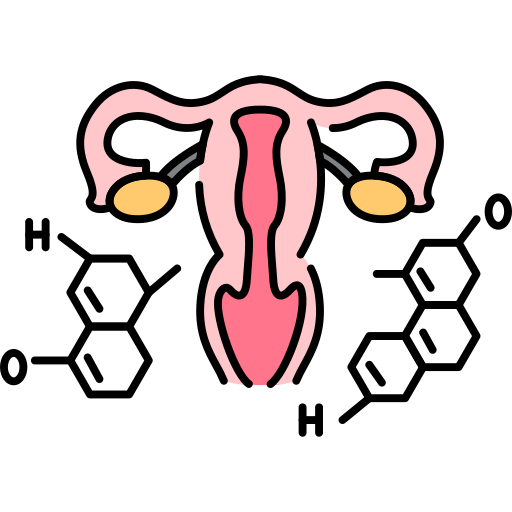 |
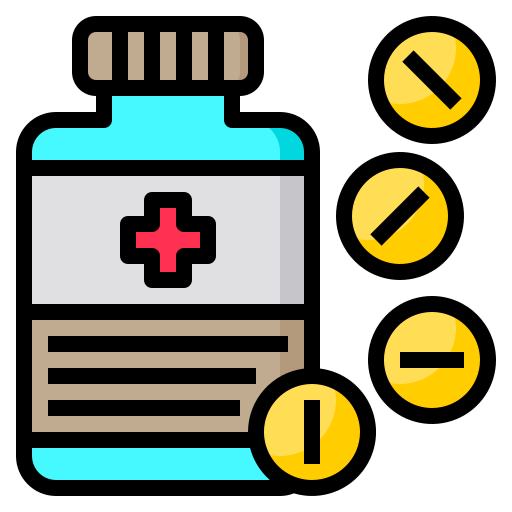 |
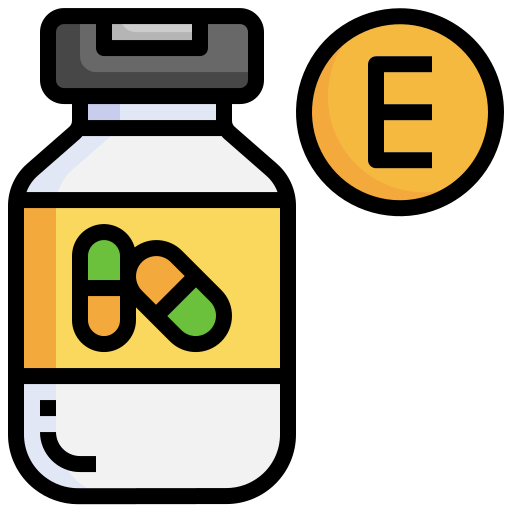 |
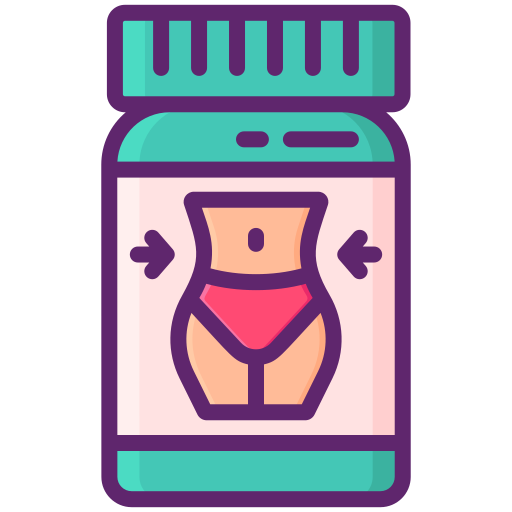 |
| Smoking | Alcohol | Hormones or birth control | NSAIDs and aspirin | Vitamin E | Weight loss supplements |
Thinking About Combining Procedures?
There are pros and cons.
Pros:
|
Cons:
|
We’ll evaluate your health, goals, and timeline—and we’ll only move forward with what’s safe and realistic for you.
Meet Your Surgical Team
| All procedures are performed at our accredited surgical center in Johns Creek, Georgia.
Our 14,000-square-foot facility includes:
Dr. Jimerson leads every procedure, supported by a team of CRNAs, nurses, surgical assistants, and more. You’re not just getting a skilled surgeon—you’re getting a coordinated, experienced team committed to your safety and success. |
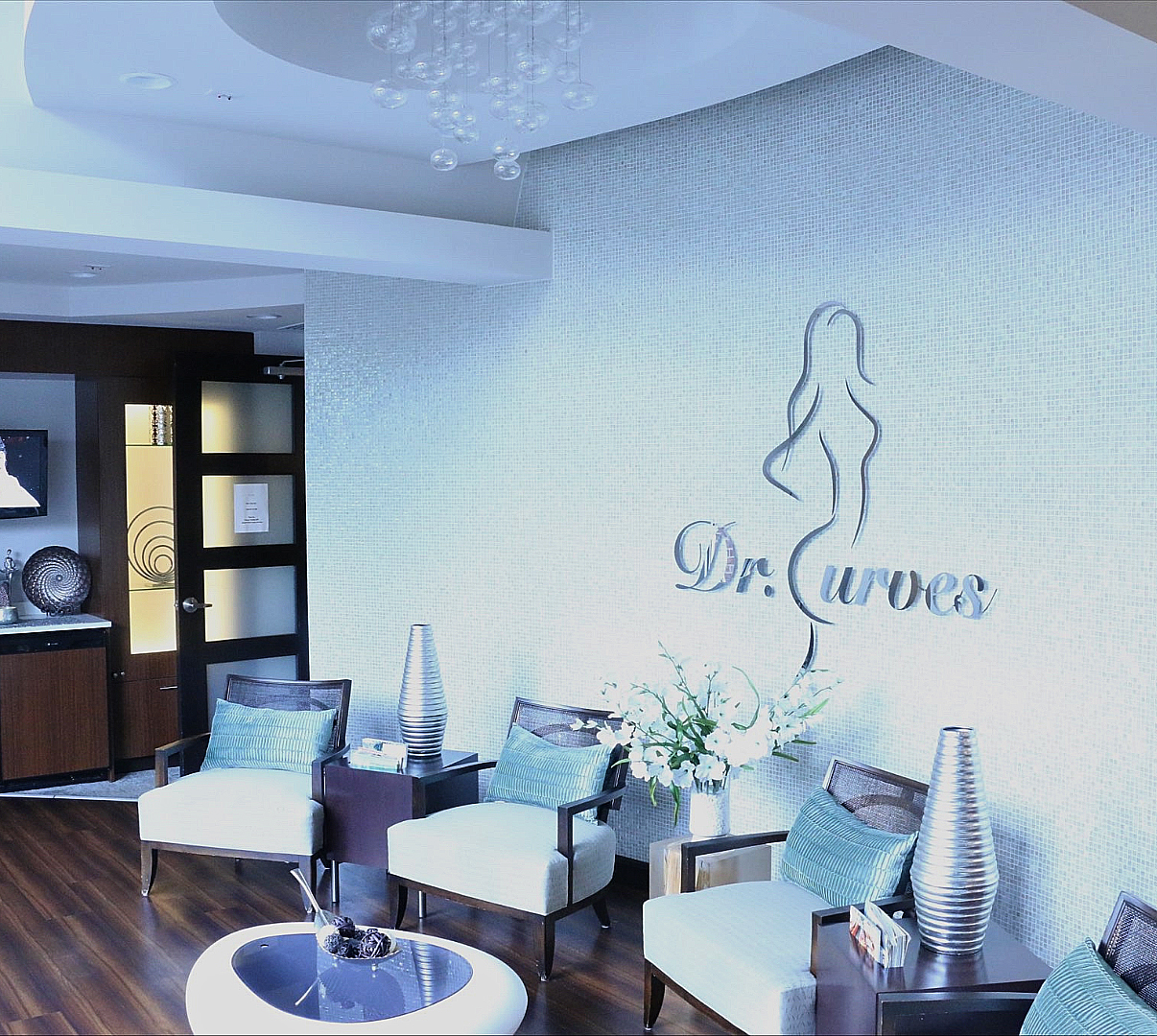 |
Informed Consent and Expectations
We want you to be fully informed. Everyone has some degree of natural asymmetry—and while cosmetic surgery can improve balance, it can’t make the human body perfectly symmetrical.
We’re committed to transparency, realistic expectations, and the best outcomes possible
Last Word: Your Best Results Start Long Before the Surgery
This is about setting you up for success—not just with the procedure itself, but with the planning, lifestyle, and choices leading up to it. Because surgery is only one part of your transformation. The rest? That’s where preparation, education, and trust come in. If you’re ready to take the next step, book a consultation with Dr. Curves. We’ll walk you through every detail, together.
So, What’s the Next Step?It all starts with a consultation. Whether you’re thinking about implants, fat transfer, a lift—or just have questions—we’re here to guide you through it all. You don’t need to have it all figured out yet. We’ll help you decide what works for your body and your goals. |
|
Final Thought
There’s no “perfect breast” — only the one that makes you feel confident, feminine, and free to wear what you love without hesitation. Let’s help you get there. 💖





